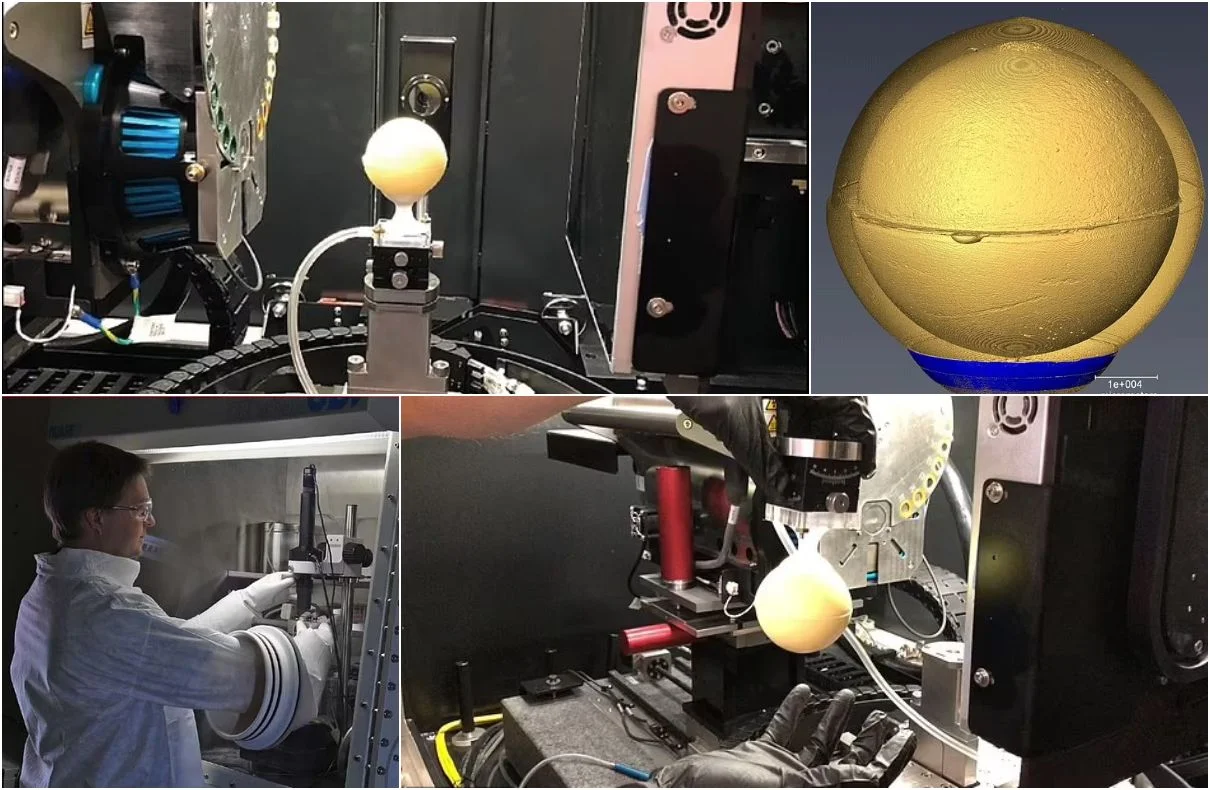
Scientists from New Mexico are revolutionizing the future of air travel with their latest invention – the ‘Vacuum Balloon.’ This innovative technology holds the promise of faster, more efficient, and eco-friendly travel, all while pushing the boundaries of human exploration. In this article, we will delve into the details of this exciting invention and explore its potential impact on the aviation industry.
A Vacuum Balloon is a revolutionary aircraft that combines the principles of hot air balloons and vacuum technology. Instead of relying on heated air to generate lift, this advanced aircraft uses a vacuum to create buoyancy. By removing the surrounding air, New Mexico scientists have created a lightweight and efficient mode of transportation.
The Vacuum Balloon consists of a large, airtight envelope enclosed by a sturdy framework. The interior of the envelope is completely evacuated, creating an environment devoid of air molecules. This negative pressure differential causes the balloon to ascend into the atmosphere, just like traditional hot air balloons. The absence of air resistance enables the Vacuum Balloon to achieve remarkable speeds and fuel efficiency.
Due to the absence of air resistance, the Vacuum Balloon can attain unparalleled speeds. This breakthrough in air travel technology has the potential to reduce travel times significantly. Moreover, the efficiency of this aircraft minimizes fuel consumption, making it a sustainable option for long-distance journeys.
Samsung Galaxy Ring: Revolutionizing Everyday Wellness
The Vacuum Balloon offers enhanced safety and stability compared to conventional aircraft. With its rigid framework and careful engineering, this innovative aircraft remains steady even in adverse weather conditions. Furthermore, the absence of combustible gases eliminates the risk of explosions or fires commonly associated with traditional aircraft.
The Vacuum Balloon represents a leap towards sustainable aviation. Its lightweight construction and fuel efficiency contribute to reduced carbon emissions, minimizing the environmental footprint of air travel. By embracing this eco-friendly alternative, we can make significant strides in combating climate change.
While the Vacuum Balloon holds immense promise, there are several challenges that scientists must overcome before it becomes a mainstream mode of transportation. One of the major obstacles is the development of materials capable of withstanding the vacuum pressure. Extensive research and experimentation are essential to ensure the structural integrity and safety of the balloon.
However, with the dedication and expertise of the scientific community in New Mexico, these challenges can be surmounted. The development of the Vacuum Balloon paves the way for a future where air travel is faster, safer, and more sustainable.
